Getting a job in Italy as an American: visas and how to find work
Looking for jobs in Italy? Find all you need to know about Italian work visa requirements.

Italy is well known for delicious food and wine, plentiful sun and rich culture, which makes it one of the world’s most popular destinations for students and seniors alike.
But what if you want to retire to Italy? This guide covers all you need to know including best places to live in Italy for expats, key retirement in Italy costs to consider, and how to arrange a retirement visa for Italy.
| 📑 Table of Contents |
|---|
If you’re seriously considering retirement in Italy you’ll need to build a budget. It helps to know that the official currency in Italy is the euro.
Today’s rate can be found below:
We’ll get into the detailed costs of living in Italy as an expat in a moment. First let’s look at some key pros and cons.
| Pros | Cons |
|---|---|
|
|
Italy is happy to welcome retiring expats and their spending money. But to legally live in Italy as a retiree, you’ll need to be able to show that you still have an income.
| Retirement income can come from many sources including: |
|---|
|
Even if all of your income comes from abroad, you'll still need to file an annual tax return with Italy. When they file their taxes, expats may be required to complete additional filings and be subject to specific reporting requirements.
Note: Taxation regulations vary between countries, so consult an accountant for advice on how to remain tax compliant back home and in your new country.
US citizens don’t need a visa to enter Italy and can stay in the country without one for up to three months. But foreigners who retire to Italy should apply for an elective residency visa.
This visa does not allow you to work in Italy and is intended for individuals with private income originating from pensions, annuities, income from properties or regular income from economic and commercial activities.
You can apply for an elective residency visa at the Italian consulate in your home country, and then apply for a long-term permit once you arrive in Italy. Different consulate locations have slightly different systems for booking appointments, so you’ll need to double check the details for your area online.
In most cases you must attend the consulate in person and take along a set of documents to support your application, including¹:
While the overall cost of living in Italy is lower than in many locations in the US, there are still huge regional differences. Life in a city like Rome or Florence will naturally be far more expensive than in a more rural area — which makes it important to consider your preferred location and lifestyle before you arrive.
Here are the key steps you’ll want to take to arrange your Italian retirement:
Step 1. Research and build a budget for your preferred location
Step 2. Get connected with locals and expat retirees in Italy through social media or an in person visit
Step 3. Consider learning Italian to make it easier to settle into your new life
Step 4. Open a Wise multi-currency account to hold and exchange euros cheaply
Step 5. Find a home to buy or rent — you’ll need to show the property information when you apply for a visa
Step 6. Apply for your Italian retirement visa in the US
Step 7. Once you arrive in Italy you’ll be able to apply for a long term residency permit
While life in a Roman penthouse or Milan high-rise can be costly, there are ways to enjoy the splendor of Italian life on a modest income. The further you get from the touristy areas of the country, the easier it is to live cheaply.
If you have savings of at least €175,000 ($200,000) and a steady source of income from social security, a pension or investments of around €1,750 ($2,000) to €2,300 ($2,650), you can afford to retire here comfortably.
Italy is very appealing to expats for a number of reasons, which gives it one of the higher overall costs of living in the Eurozone, and the wealthier north has a higher standard of living than the south.
Let’s have a look at how that plays out in day to day costs for Rome, Florence and Bari.
| Rome² | Florence³ | Bari³ | |
|---|---|---|---|
| 3 course meal for 2, mid-range restaurant | 61.19 USD | 65.56 USD | 54.64 USD |
| 1 pint domestic beer | 5.19 USD | 5.46 USD | 3.82 USD |
| 1 gallon milk | 5.78 USD | 5.17 USD | 4.25 USD |
| Rent 1 bedroom apartment in city center | 1,087.87 USD | 820.27 USD | 580.51 USD |
| Rent 1 bedroom apartment outside city center | 741.65 USD | 670.42 USD | 471.24 USD |
If you need to send money to Italy or even back home, you’ll want to be aware of the fees and exchange rates charged by different financial institutions. Most banks and transfer services charge low up-front fees, but they could use a higher exchange rate and skim the difference.
To transfer money and have the largest amount left over when you collect it, give Wise a try. That way, your money will be converted at the mid-market exchange rate — the same one you’ll find on Google — and that should put more money back in your pocket.
Create your Wise accountin minutes 🚀
Rome, Milan and Florence are popular cities for retirees that crave vibrant city life and easy access to modern amenities and conveniences.
Beyond the major cities, the following regions are popular with travelers:
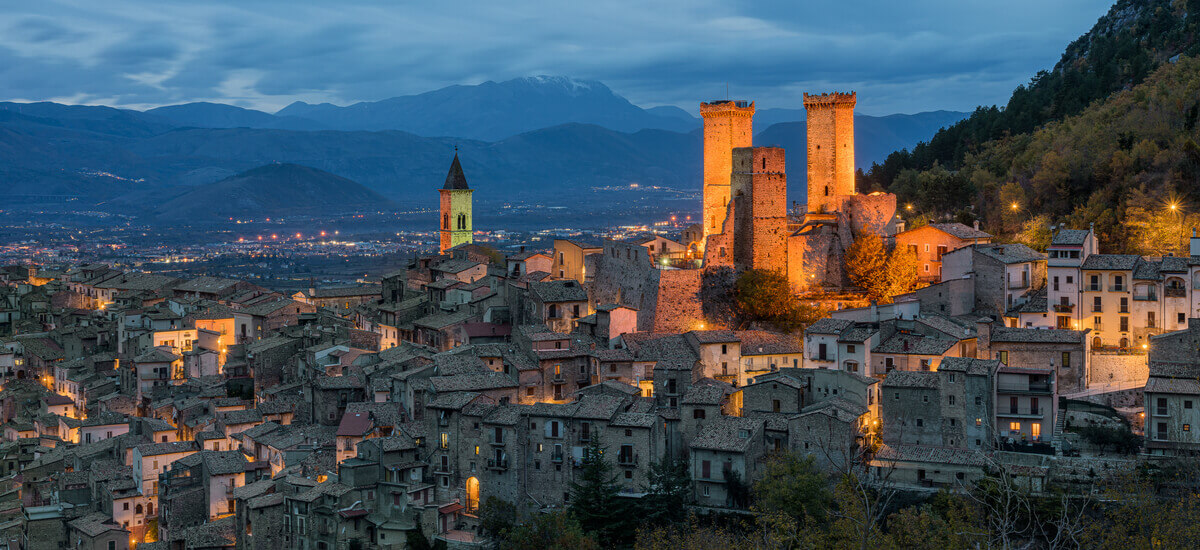
This sunny southern region has mountains, coastline on the Adriatic sea, and plentiful national parks and nature preserves. Abruzzo is also cheaper than more populous areas of the country. You can snag a home there for between €35,000 to €90,000.
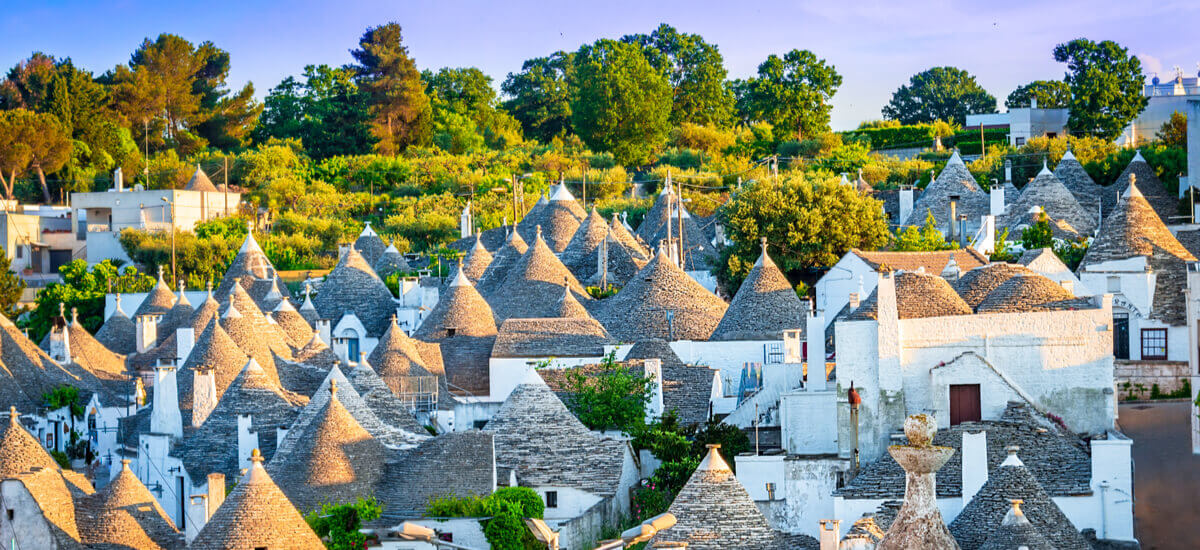
This large region juts into the Adriatic sea, 50 miles from Greece, and is the ideal choice for a retiree craving beaches, waves and seafood. It has virtually no rainfall and a rustic, easygoing lifestyle. Even better news — Puglia is among the cheapest places to live in Italy, making it a great choice if you're on a fixed income.
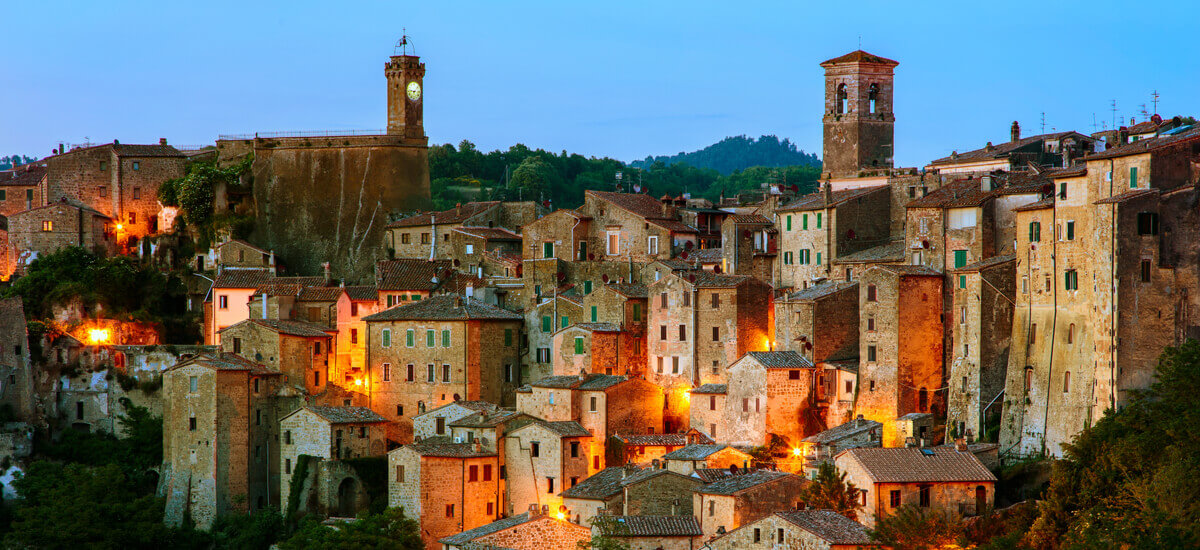
It’s Italy’s most popular region for scenery, wine and cuisine, and is priced accordingly. But if you have a higher retirement budget, Tuscany is gorgeous, safe, welcoming, bursting with history and culture, like the leaning tower of Pisa and the renaissance riches of Florence.
You’ll be able to create your own perfect retirement routine in Italy — whether that’s soaking up the culture with trips around the country, relaxing with friends and chatting over lazy lunches, or getting out and active in nature. Here are a few pointers on how Italy’s climate, culture and cuisine may affect your day to day life.
Italy is a large country with a varied climate. The mountainous north has a cool, continental climate, while the south has a more Mediterranean climate, with mild winters and hot, arid summers. Due to this geographic variety, on a given winter day it could be a blustery -2°C (28°F) in Milan, 8°C (46.4°F)°C (68°F)
Most people live in the cities of the north, or along the southern coast on the Tyrrhenian sea, where Rome and Naples are located. While Italian culture strongly emphasizes food, drink, and strong family and social ties, there's great diversity between the different regions of the country.
The typical day of an Italian is structured around food. It’s typical to start the day with an espresso and light breakfast, through the morning to your post-dinner digestif. Non-working Italians like to spend time at cafes, reading the newspaper or gossipping and talking about the news with friends. Lunch is the heaviest and longest meal of the day. After work and before dinner, traditional Italians take part in the passeggiata, in which families dress up and stroll through the town square to see and be seen.
There are many festivals throughout the year, based on either the Roman Catholic calendar, the local agricultural product, or a physical activity. The festivals usually feature food, wine, games and music, as well as activities based around regional traditions, such as the olive and bruschetta festival of Spello.
As a retiree in Italy you can enjoy Italy’s rich historical, cultural and architectural offerings. Visit some of the finest museums in the world, such as the Uffizi Gallery in Florence (considered the capital city of the renaissance) and the Borghese Gallery in Rome. Take a trip to Vatican City, the micro-country and seat of the Catholic church located within Rome. Check out bustling Milan, one of the style capitals of the world, or try the Museo Ferrari in Maranello, a tribute to Italy’s proud automotive history.
Italy has a national health service, and the World Health Organization ranks it in the top 10 for quality care. As a long term legal resident you’ll be able to access care which is mainly free at the point of delivery. Some fees do apply for medicines and outpatient treatments, though.
Some public hospitals do have issues with overcrowding and long wait times, so there are private medical plans available. However, if you choose to live in rural areas, especially those in the south, public hospitals and doctors will probably be the only kind available.
Best of luck with this exciting step and enjoy planning your retirement to Italy
Sources:
Sources checked on 03.22.2022
*Please see terms of use and product availability for your region or visit Wise fees and pricing for the most up to date pricing and fee information.
This publication is provided for general information purposes and does not constitute legal, tax or other professional advice from Wise Payments Limited or its subsidiaries and its affiliates, and it is not intended as a substitute for obtaining advice from a financial advisor or any other professional.
We make no representations, warranties or guarantees, whether expressed or implied, that the content in the publication is accurate, complete or up to date.

Looking for jobs in Italy? Find all you need to know about Italian work visa requirements.

Here’s the lowdown on who can apply and how you go about getting dual citizenship with Italy.

Getting married in Italy is relatively straightforward. Like any wedding though, it requires advanced planning, as well as a basic understanding of the law....
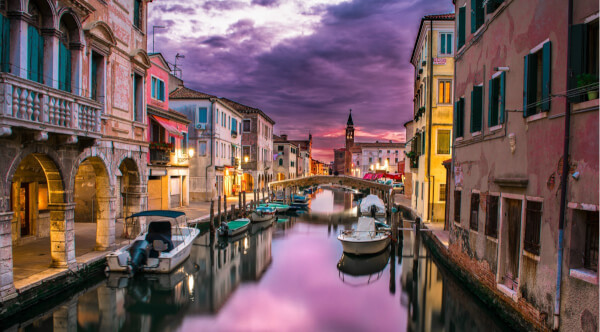
Have you ever considered moving abroad? There are a ton of valid reasons to do so. You could be looking for a new job or going to school. You could be...

So, you’ve watched La vita è bella (Life Is Beautiful, 1977) one too many times and have decided to move to Italy. Great choice, although hopefully you have...
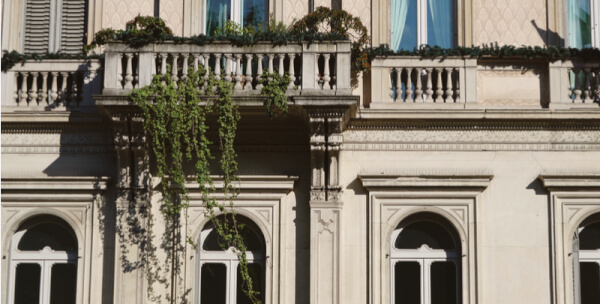
It might be Italy’s second city, but Milan is the heart of the country when it comes to finance and fashion. The large financial sector in particular means...